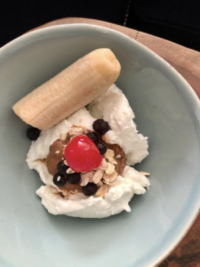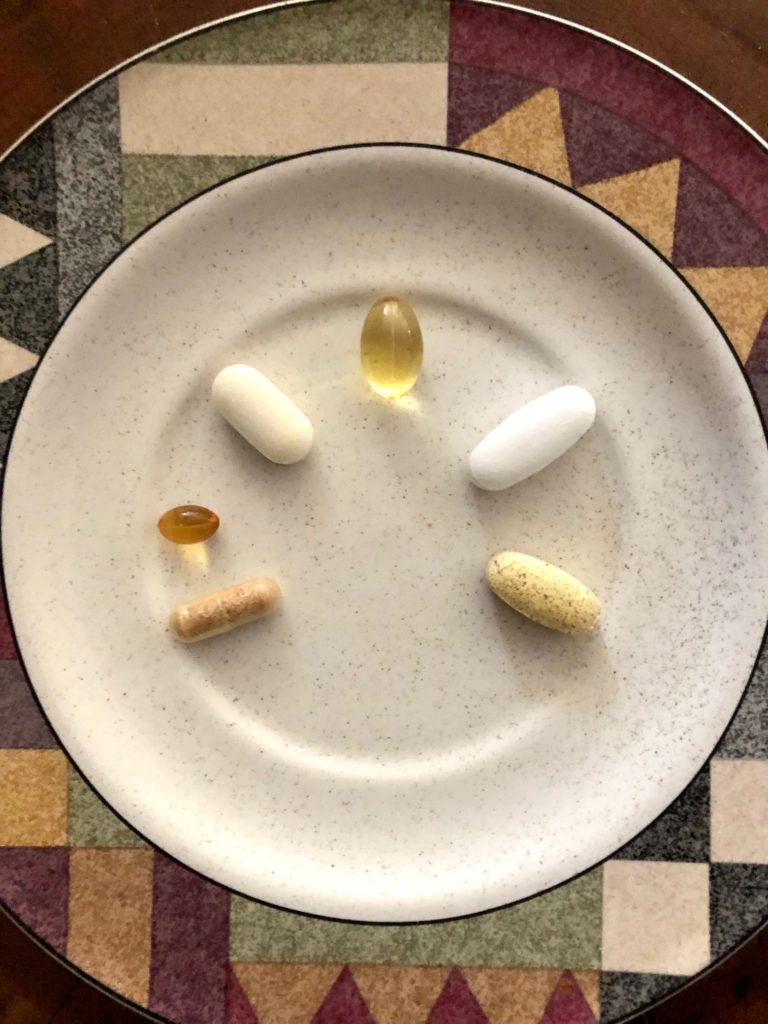Chocolate chip coconut bar is a delicious snack flavor pairing. We can all think of a girl cookie and happy candy bar that has the flavoring We can all think of a girl cookie and happy candy bar that has the flavoring combo. But they aren’t healthy ones that you would eat for breakfast.

Below is the recipe for healthy bars you can take anywhere to tie you over. Think field trips, hikes, and sweet tooth substitutes.
The best part is there is NO Baking involved. And even for a home baker like me, that puts a smile on my face as as EASY healthy snack.
And even better, they are low-sugar (no refined white sugar). So you’ll feel good about eating them. And most importantly, they taste great.
The chocolate chip coconut bar can also be a great breakfast morning snack because they’re loaded with oats.
And another healthy dish idea is porridge made of oats, that’s an underrated breakfast for any age.
It’s not just for Smurf characters or Goldilocks (characters I grew up to).
It’s a great meal idea year round. You can pair with a little sweetness… like these healthy chocolate coconut bars.

The easy, no-bake chewy chocolate chip coconut bar recipe is made without any refined sugar.
You can also decide if you want to make a soft or crunchy version too. 🍪
But let’s get back to porridge before we go for the sweets…
If you’re a cereal lover and want to find alternates, porridge could be that nourishing sub.
When I was a kid, we ate cereal for breakfast before we left for school. It was fortified vitamin and mineral goodness drenched in Vitamin D milk that young, fast-growing bones and bodies need.
It’s also loaded with the sweet stuff that puts a smile on a kid’s face.
But, most cereals aren’t a good daily breakfast option.
The problem isn’t all the added sugar (even though they’re often loaded with 12 added grams per cup or more)… or knowing about the disturbing traces of Roundup that have been found in certain cereals (that’s a good enough reason!)…
And the real daily problem is…
Cereals are never filling enough for the most important meal of the day (or at least one of them).
It doesn’t do the fulfillment job for kids or adults… and it didn’t do it for me as a growing child that felt the stomach gurgles by mid-morning.
This is the reality for most school kids that just plow through their hunger discomforts.
So I remember bringing a snack to school.
But then I forgot about it or was too busy to eat it. My mind was somewhere else as it wasn’t lunchtime when everyone else around me was eating.
We’re easily influenced by our peers.
Decades later, these conditions haven’t changed.
Cereal is still the popular go-to convenient breakfast.
Cereal grocery shelves are filled or empty.
Plus, we still forget and get too busy.
Also when I was growing up, enriched white Wonder Bread was the magical bread that kids felt proud of bringing to school and parents felt good about for lunch sandwiches.
Enriched bread today has a different context. It can be enriched with dairy, eggs, or sourdough. And “fortified” cereal is also different in its wonders.
But travel around the world, and wholesome porridge is what you find in many less modern-convenient cultures. And where people live longer.
These cultures and places go straight to filling stomachs with nourishment.
They’re masters at adding nutritious flavors, often living with less.
And we can learn a healthy lesson from them. And we could start slow like choosing oats or whole grains as breakfast alternatives.
And then switch to a porridge meal with protein and good carbs that can carry through the busy morning. And does your body healthy goodness.
It doesn’t have to be boring… it can be more like this mushroom porridge (with btw, the same oats source that you would make your chocolate chip coconut bars or a mouth pleasing chocolate chip oatmeal cookie). 🍪

I thought this letter to you “from your gut” would be a cute way to highlight and get the point across for healthy encouragement. 😉
Dear Person I Live In,
Please don’t make me work extra hard today. And give me what I want: more rest, but also enough nourishing energy, so I don’t have to hunt around for help from the surrounding systems.
Thank you for a glass of water that signals to me that you’re up. Then for starters, a prebiotic and probiotic breakfast would be great!, like oatmeal with berries and bananas, a healthy chocolate chip coconut bar, or a healthy smoothie format is fine. This gets me going, before you really feed me…
You can mix it up or eat the same thing daily, but I do like some healthy variety. It keeps me from getting bored and helps me run best. I love healthy savory foods.
And yes I do rumble and signal to you when to go to the rest-room, so I can rest.
Please remember (…write yourself a note maybe? 😁) …fill me with small nutrient-dense meals every 4-5 hours so I have the time to churn the last meal and can consistently count on being fed. Then please give me energy again… plant-based carbs would be good… oh and btw, I’m not as color blind as you think I am ‘cause I do recognize when you eat from the rainbow (haha!). 🌈
And don’t wait too long to fill me with some healthy proteins that I love. Then, I don’t have to work so hard. You know how those old-timer people from the Blue Zones eat beans to add 4 years to their lives. And they only break out the celebratory meat once in a while.
Please consider my needs. And finally, I would love if you would provide more fiber and roughage, sprinkling in healthy fat, Omega-3 sources, and good fiber as daily garnishes. I also love nuts and seeds as snacks. Now I’ll be quiet because you know the food language that keeps me happy.
We’re in this together.
Love,
Gutty
P.S. A ‘lil sea salt helps me balance, as does fruit and spices.
So, here’s the recipe I promised…

Chocolate Chip Coconut Bar (No-Bake) - Low Sugar
Ingredients
- 1/2 cups oats
- 1/2 cup shredded unsweetened coconut
- 1/2 cup almonds
- 3-4 pitted Medjool dates, finely chopped
- 1 tbsp cocoa powder
- 3 tbsp applesauce, unsweetened
- 1 tbsp raw honey
Instructions
- Combine ingredients together and shape into bars. Tip: for dates, use a serated knife to cut.
Alternatively, you can make this chocolate coconut bar recipe with a food chopper. Simply leave out combining the applesauce and honey until the very end after the other ingredients are chopped and blended.
Either way, here’s another tip: it’s easier if you tear up the dates into smaller pieces or cut with a small serrated knife (with jaw edges) before you add to the processor or chopper.
Then, when you have your final mixture ready:
Put on a plate or in a small container and shape your mixture. This is the no-bake version.
Cut the bars or cookie shapes you want to make using a pizza roller or sharper knife (so there’s no crumbly bits falling off that you can’t put back together).
Then drizzle your chocolate coconut bar or cookies you make with a pre-made chocolate sauce.
Or you can make your own: add chocolate and coconut oil to a bain-marie (double cooker) to heat and melt the chocolate.
Adding the oil will give you a better liquid consistency and more chocolate sauce using less chocolate (especially if you’re low).
Afterwards, you can put your bars or cookies in the fridge or freezer to eat in a few minutes or save for later.
They’re better served chilled from the fridge.
The ones in the photo above just came out of the freezer.
If you want to make them crunchy, use an egg instead of the applesauce, and then bake on a low temperature until you get the right baked crunch.
Now that’s super calm baking.. oh, how easy!
And if you don’t want to bake, you can make these easy cocoa balls with coconut oil. 🍫


















